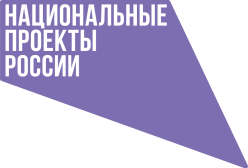The exhibition “Russians” is one of the oldest and largest in the Russian Museum of Ethnography. Its structure and separate thematic sections go back to the end of the 1950s, more precisely, to the implementation of the “General Plan of the Museum’s Exhibitions” for the renovation of the exhibition space.
The exhibition is something of an ethnographic monograph where the thematic complexes correspond to the chapters of the book, and the setting scenes correspond to the paragraphs.
At the beginning of the tour visitors are introduced to a brief ethnic history of the people and the main occupations of the peasants, in the next hall — to crafts and trades, in the third hall the dwelling and utensils are displayed, and, finally, two halls complete the exhibition, where attributes of festivals and ceremonies and various costume sets are demonstrated. This sequence, based on the principle of historical materialism “from the main to the secondary”, shows the history of not only the culture of the Russian people, but also of the development of the museum’s exhibition practices.
Festive and everyday clothes, utensils, household items, objects for religious rituals presented in the showcases reflect mainly the peasant life in the late 19th — early 20th centuries and demonstrate their important role in developing the cultural landscape of the Russian village.
Exhibits are marked with AR stickers for identification purposes.
